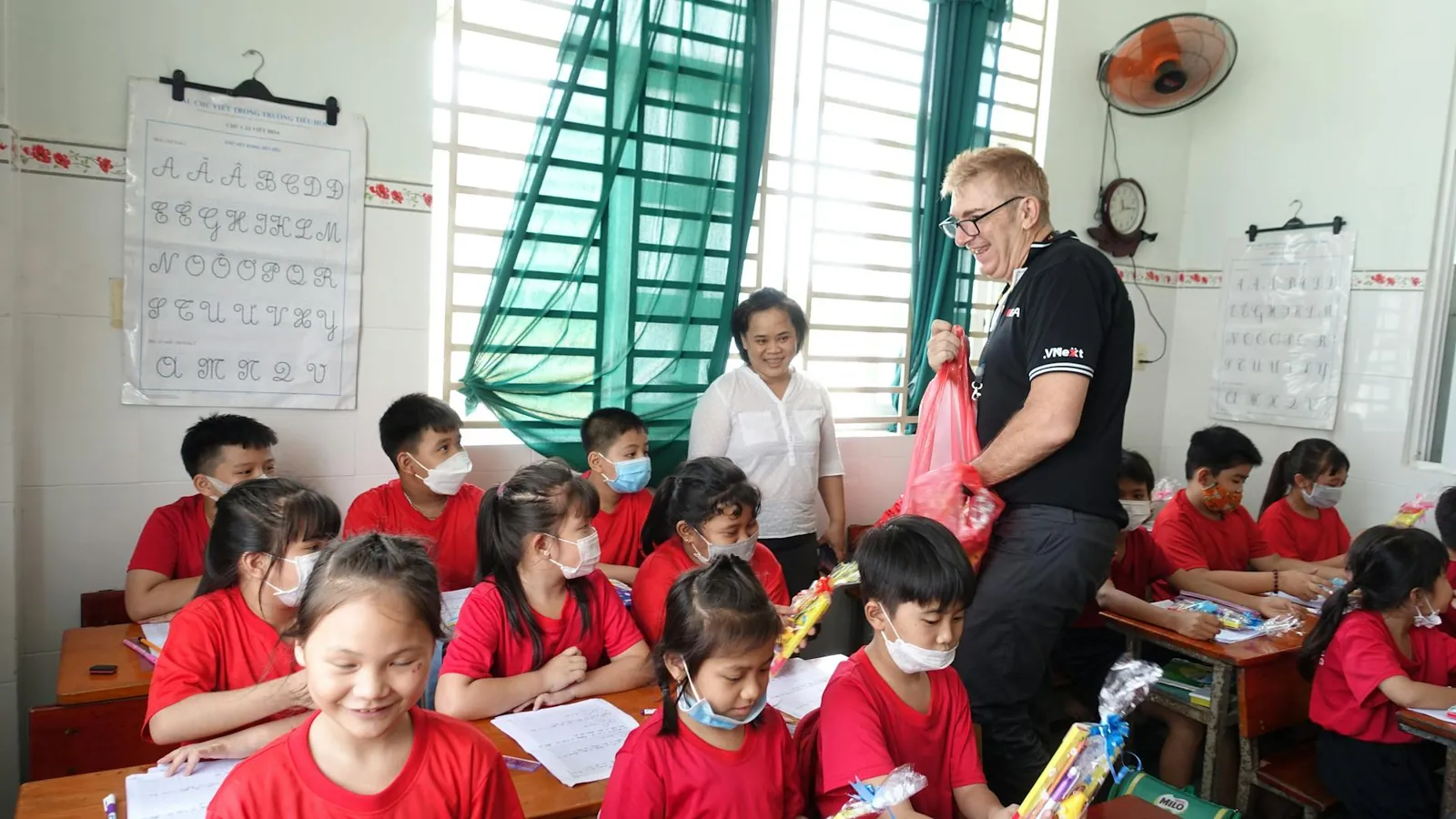Revitalizing Lost Tongues: Effective Strategies from Innovative Educational Institutions

The Challenge of Language Revitalization
Languages, like the cultures that cradle them, are vibrant living entities. Yet, many face extinction. UNESCO estimates that one language vanishes every two weeks. The loss is not merely linguistic; it's the erasure of heritage, wisdom, and identity. Educational institutions worldwide are confronting this challenge with innovative approaches that go beyond traditional pedagogy.
Immersive Language Programs: A Multisensory Approach
Immersive language programs have emerged as a beacon of hope in the quest to revive endangered languages. By surrounding learners with the language in natural settings, these programs provide context and relevance, crucial elements for effective learning.
Case Study: The Maori Language Nest Program
In New Zealand, the Kōhanga Reo movement offers an exemplary model. These 'language nests' immerse preschool children in Maori through play, storytelling, and song. By integrating language with everyday activities, children acquire it organically. This program underscores the importance of starting language learning early and engaging the community.
- Pros: Children learn naturally in a supportive environment; culturally relevant materials are used.
- Cons: Requires significant parental and community involvement; scalability can be limited by resource availability.
Integrating Art into Language Learning
Art has proven to be a powerful medium for language acquisition. Visual and performing arts provide a contextual backdrop that makes languages accessible and memorable.
Case Study: The Hñähñu Revival Project
In Mexico, the Otomí people have embraced art to preserve the Hñähñu language. Schools partner with local artists to teach traditional weaving and painting, where instructions and storytelling occur in Hñähñu. This method not only strengthens language skills but also deepens cultural appreciation.
- Pros: Dual benefit of language and cultural education; fosters creativity.
- Cons: May require skilled artists and specific materials; effectiveness hinges on student interest in art.
Music as a Catalyst for Language Engagement
Music's rhythmic patterns and emotional connections make it an ideal vehicle for language learning. Songs can convey vocabulary, pronunciation, and grammar in an enjoyable format.
Case Study: Gaelic Through Song in Scotland
The Sabhal Mòr Ostaig College on the Isle of Skye uses traditional Scottish music to teach Gaelic. Students learn folk songs that incorporate historical themes and linguistic nuances. This approach not only enhances memory but also instills pride and ownership of the language.
- Pros: Engages auditory learners; enhances retention through melody.
- Cons: Limited to musical contexts; might not cover complex linguistic structures.
The Role of Community Events
Community events offer a platform for real-world language practice, promoting social use and enhancing fluency. These events bridge generational gaps, enabling elders to pass down linguistic wisdom to younger generations.
Case Study: Hawaiian Language 'Aha'aina (Gatherings)
The Hawaiian immersion schools hold regular community gatherings where students perform plays, recite poetry, and engage in debates—all in Hawaiian. These events foster a communal learning environment that normalizes the use of the language.
- Pros: Reinforces language usage in social settings; promotes intergenerational exchange.
- Cons: Requires significant coordination; success depends on community involvement.
Technology in Language Revitalization
The digital age presents unique opportunities for language preservation. Technology can amplify efforts through digital resources, apps, and online communities.
Case Study: The Duolingo Klingon Course
While Klingon is a constructed language, its revitalization through apps like Duolingo showcases the potential of technology in language education. Similarly, institutions can create apps tailored to endangered languages, providing accessibility and scalability.
- Pros: Broad reach; scalable across demographics; gamified learning increases engagement.
- Cons: Requires digital literacy; potential lack of depth compared to immersive experiences.
Selecting the Right Strategy
The choice of strategy depends on several factors, including community involvement, resource availability, and cultural significance. A combination of methods often yields the best results by catering to diverse learning styles and contexts.
Factors to Consider
- Cultural Relevance: Choose strategies that resonate with the community's traditions and values.
- Resource Availability: Ensure sustainable resource allocation for long-term success.
- Learner Preferences: Incorporate varied approaches to cater to different learning styles and interests.
The Path Forward
The revitalization of lost tongues is more than an educational endeavor; it's a commitment to cultural heritage. By leveraging immersive programs, integrating art and music, and fostering community involvement, educational institutions can play a pivotal role in this mission. As we move forward, collaboration between educators, communities, and policymakers will be key to sustaining these efforts and celebrating linguistic diversity worldwide.





